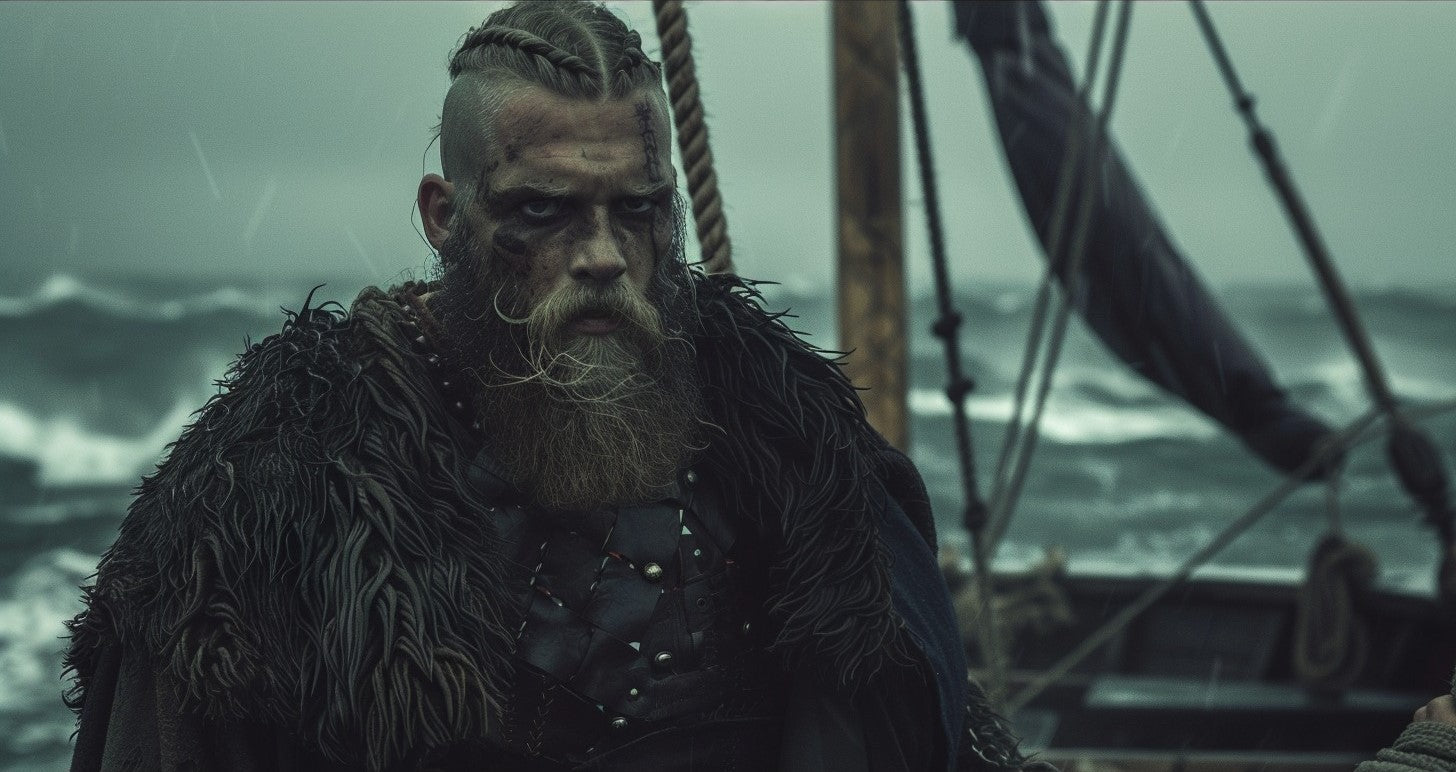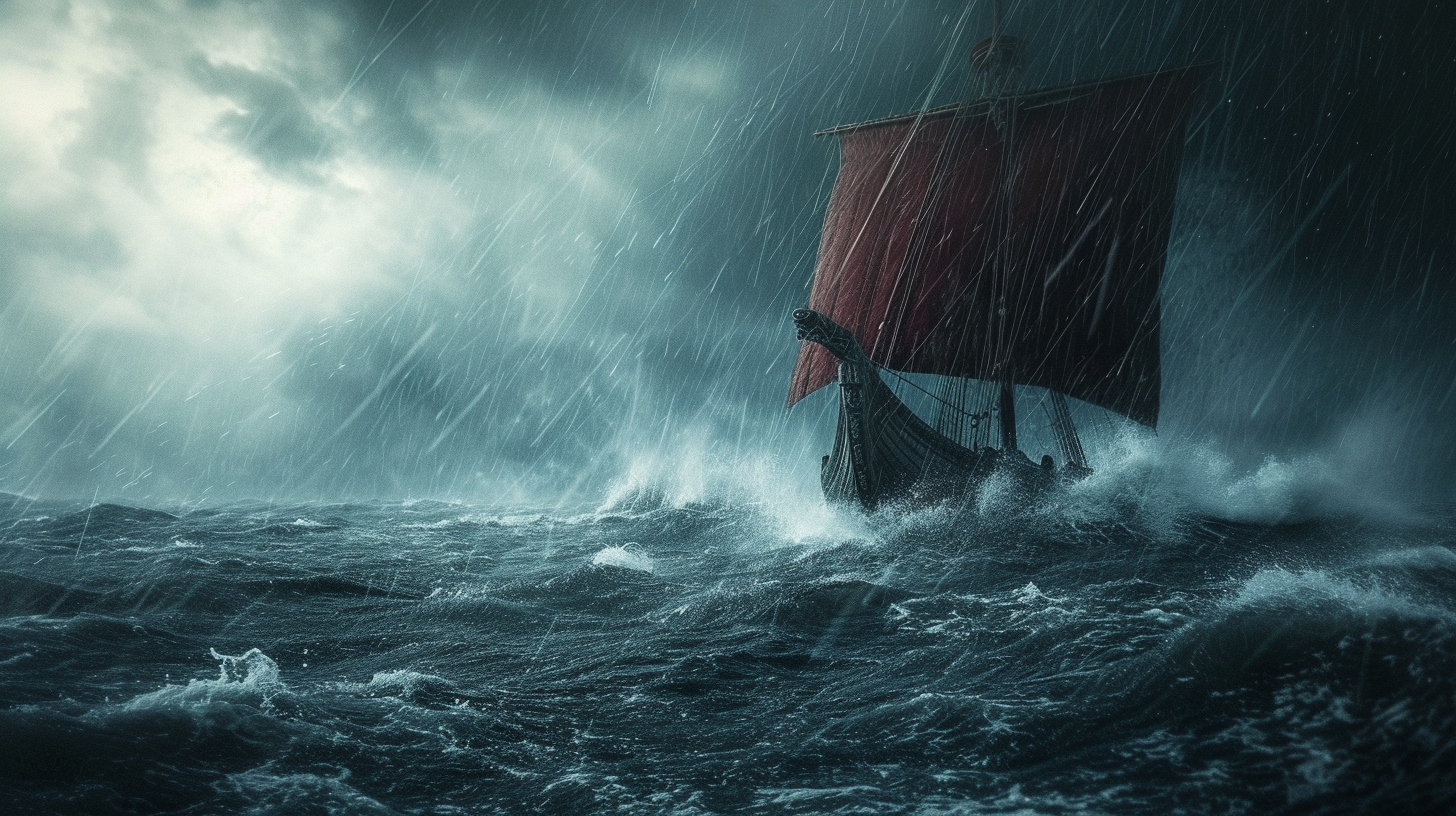
Gunnar Hámundarson: The Legendary Hero of Njáls Saga
Introduction to the Njáls Saga
The Njáls saga, one of the most celebrated works of Icelandic literature, is a gripping tale that weaves together the lives of several families in medieval Iceland. Composed in the 13th century, this captivating saga offers a vivid glimpse into the turbulent world of the Viking era, where honor, vengeance, and fate collide in a dramatic narrative.
At the heart of this epic saga lies Gunnar Hámundarson, a legendary figure whose exploits have captured the imaginations of readers for centuries. Gunnar's story is one of courage, loyalty, and ultimately, tragedy, resonating with universal themes that transcend time and place.
Who was Gunnar Hámundarson?

Early Life and Family Background
Gunnar Hámundarson was born into a wealthy and influential family in the district of Hlíðarendi, Iceland. His father, Hámund, was a prominent chieftain, and Gunnar inherited not only wealth but also a strong sense of honor and integrity that defined his character.
Physical Attributes and Skills
Described as a formidable warrior and an exceptional marksman, Gunnar possessed remarkable physical prowess. He was tall, strong, and renowned for his archery skills, striking fear into the hearts of his enemies with his unerring aim. Yet, despite his martial abilities, Gunnar was also known for his wisdom and diplomacy, qualities that often defused conflicts before they escalated into violence.
Personality Traits and Reputation
Gunnar's reputation preceded him, and he was widely admired for his courage, loyalty, and unwavering sense of justice. He was a man of principle, unwilling to compromise his values or bend to the whims of others. This uncompromising nature, coupled with his prodigious skills, earned him both respect and envy from those around him.
Gunnar's Iconic Moments in the Saga

Gunnar defends himself at Rangá by Andreas Bloch (Public Domain)
The Hólmganga Duel
One of the most renowned episodes in the Njáls saga is the Hólmganga duel, in which Gunnar faced off against his formidable opponent, Hrafn Sveinbjarnarson. The duel, fought on a small island according to the customs of the time, was a display of Gunnar's exceptional combat skills and unwavering bravery. Despite being outnumbered and facing treachery, Gunnar emerged victorious, solidifying his legendary status.
The Burning at Njáls Farm
In a tragic turn of events, Gunnar found himself embroiled in a bitter feud that culminated in the burning of Njáls farm. As the flames engulfed the homestead, Gunnar's defiance and resilience shone through, as he stood his ground against his attackers, even as his world crumbled around him.
The Final Stand and Death
Gunnar's final moments were a testament to his indomitable spirit. Surrounded by his enemies and outnumbered, he chose to face his fate with courage and honor. His death, though tragic, was a symbol of his unwavering commitment to his principles, and his sacrifice resonated throughout the saga as a powerful example of heroism in the face of adversity.
Gunnar's Legacy and Significance

Gunnar meets Hallgerðr Höskuldsdóttir By Andreas Bloch (Public Domain)
As a Symbol of Heroism and Virtue
Gunnar Hámundarson has transcended the pages of the Njáls saga to become a symbol of heroism and virtue in Icelandic culture. His unwavering courage, loyalty, and adherence to a strict moral code have made him an enduring figure, inspiring generations of readers and writers alike.
Impact on Icelandic Literature and Culture
The Njáls saga, and Gunnar's central role within it, have profoundly influenced Icelandic literature and culture. Gunnar's story has become a touchstone for exploring themes of honor, vengeance, and the complexities of human nature, shaping the way Icelanders perceive their own history and identity.
Adaptations and Retellings
Gunnar's story has been adapted and retold in various forms, from stage plays and novels to films and television series. Each iteration has sought to capture the essence of this legendary figure, ensuring that his legacy endures across different mediums and generations.
Conclusion
Gunnar Hámundarson's story is a timeless tale of heroism, honor, and tragedy. His unwavering courage and adherence to his principles have elevated him to the status of a legendary figure in Icelandic literature and culture. Through the pages of the Njáls saga, Gunnar's legacy continues to inspire and captivate readers, reminding us of the enduring power of storytelling and the universal themes that resonate across time and cultures.
FAQs
- What is the Njáls saga?
- The Njáls saga is a renowned Icelandic saga, composed in the 13th century, that chronicles the lives and conflicts of several families in medieval Iceland. It is considered one of the most significant works of Icelandic literature.
- Who was Gunnar Hámundarson?
- Gunnar Hámundarson was the central figure in the Njáls saga, portrayed as a legendary warrior, marksman, and hero renowned for his courage, loyalty, and unwavering sense of honor.
- What was the Hólmganga duel?
- The Hólmganga duel was a famous episode in the Njáls saga, where Gunnar faced off against his opponent, Hrafn Sveinbjarnarson, in a traditional duel fought on a small island. Gunnar's victory in this duel solidified his legendary status.
- What was the significance of the burning at Njáls farm?
- The burning of Njáls farm was a tragic event in the saga, where Gunnar and his family were caught in a bitter feud that led to their homestead being set ablaze. Gunnar's defiance and resilience in the face of this tragedy further cemented his reputation as a heroic figure.
- Why is Gunnar Hámundarson considered a significant figure in Icelandic literature and culture?
- Gunnar Hámundarson's story embodies the values of courage, honor, and loyalty that are deeply ingrained in Icelandic culture. His unwavering adherence to his principles and his tragic fate have made him an enduring symbol of heroism, shaping the way Icelanders perceive their own history and identity.








